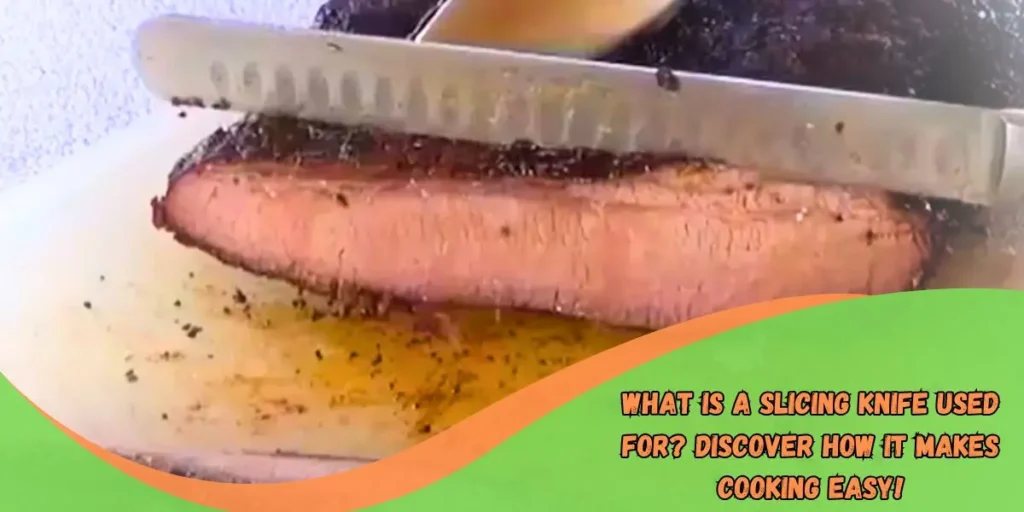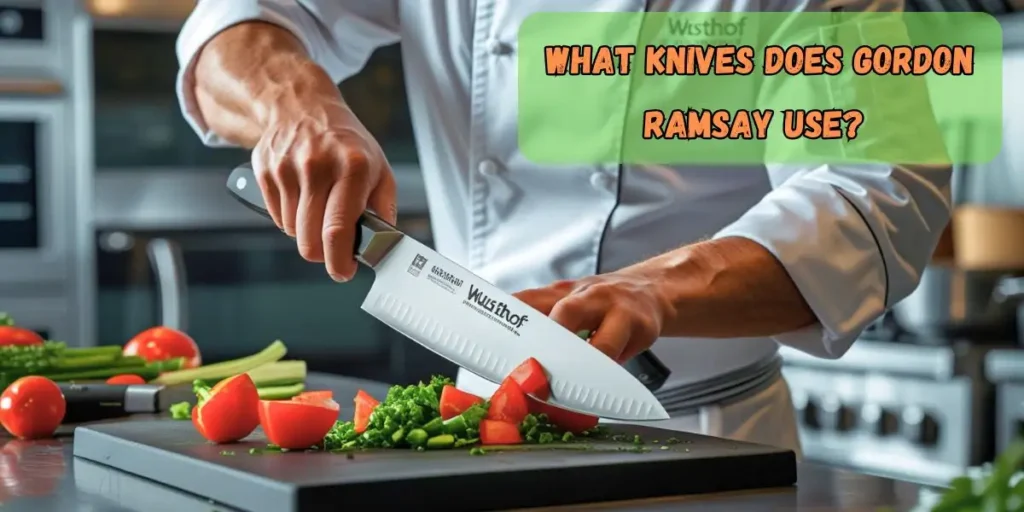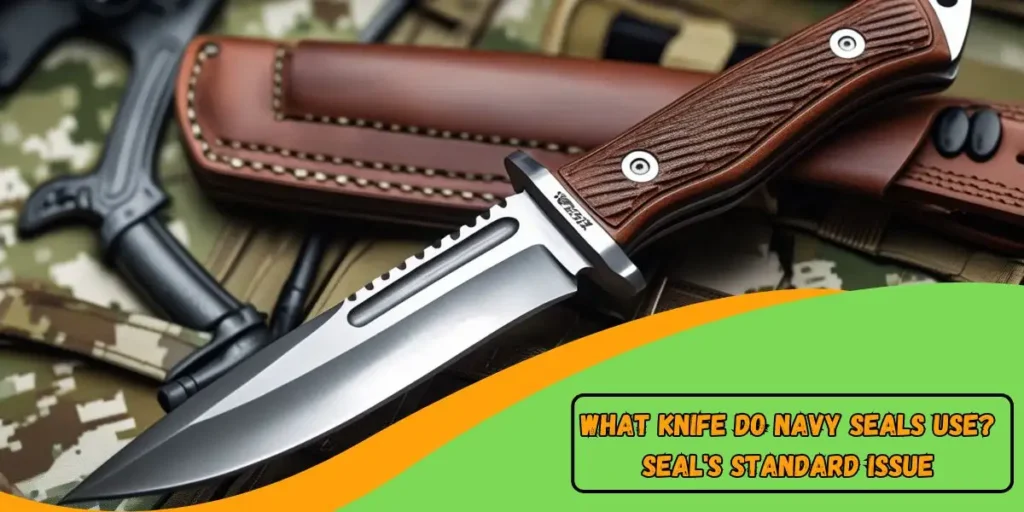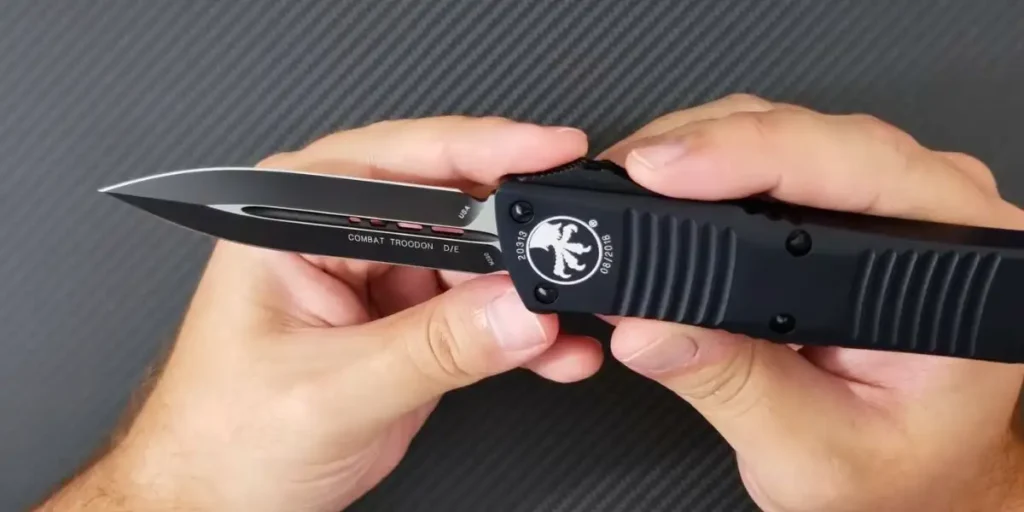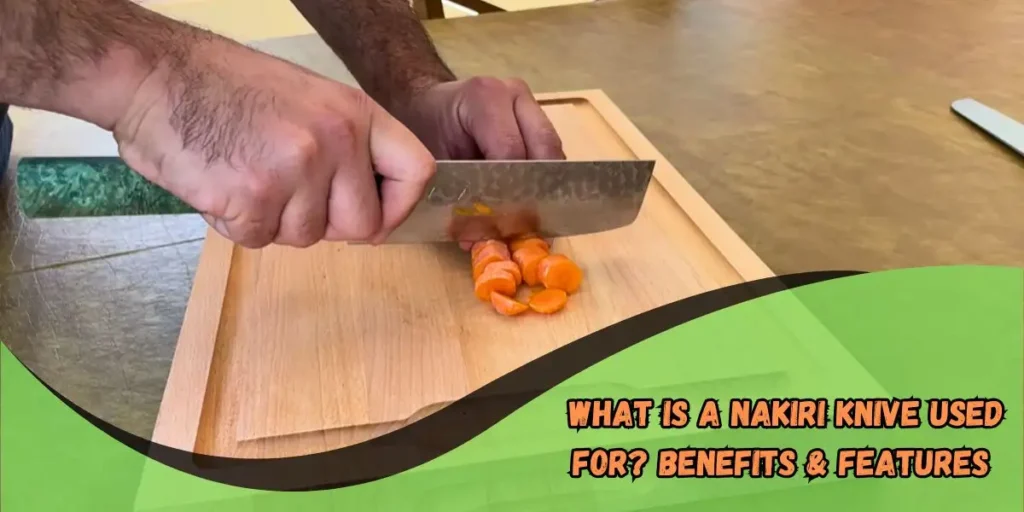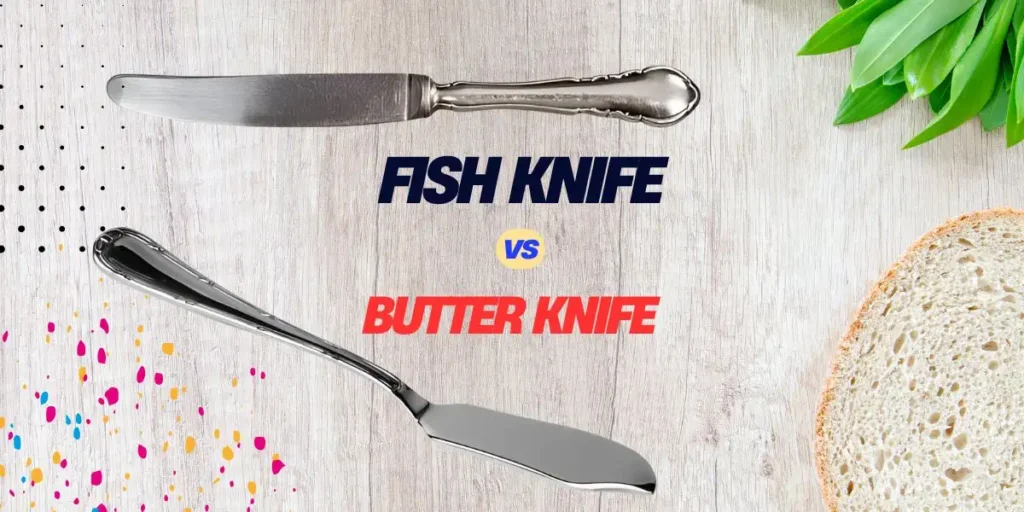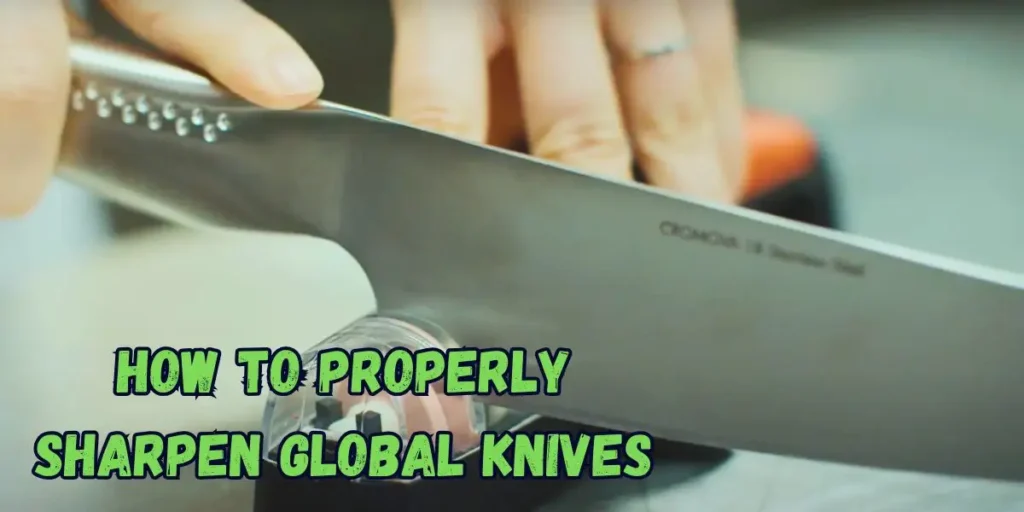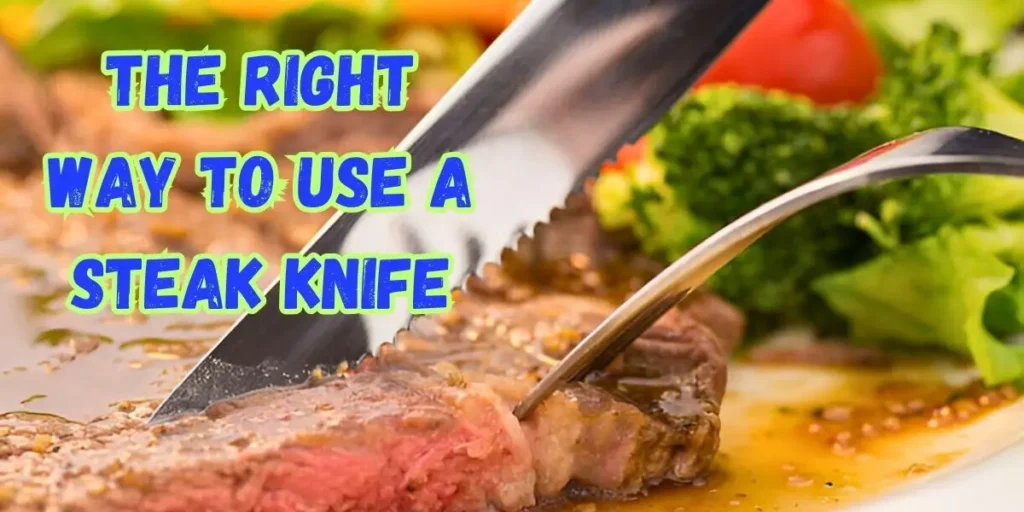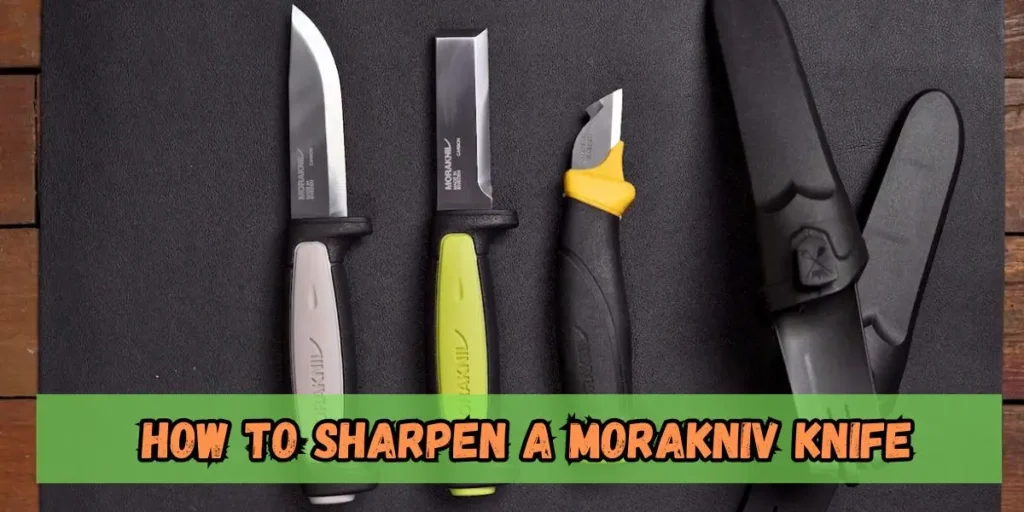How to Date a Kinfolks Knife: Essential Tips 2025
Date a Kinfolks knife is more than just a way to identify its age—it’s a journey into the history and craftsmanship of one of the most respected brands in the world of vintage knives.
Whether you’re a passionate collector, a preservationist, or simply someone interested in understanding the value of a Kinfolks knife, knowing its production year can unlock a world of insight.
This process helps determine its historical significance, the quality of its craftsmanship, and, in some cases, its market value. This guide will show you simple and reliable methods for dating a Kinfolks knife, from interpreting tang stamps to recognizing the distinct handle materials tied to specific periods.
By the end of this article, you’ll have the tools to date a Kinfolks knife and understand its rich history accurately. Let’s get started!
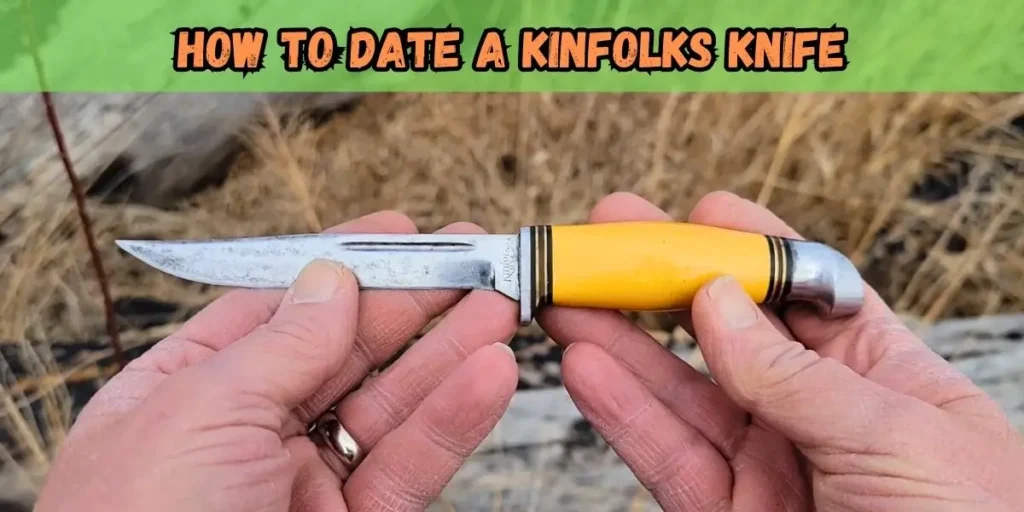
Understanding Kinfolks Knives
The History of Kinfolks
Kinfolk knives have a rich history that dates back to the early 1900s. Founded in the United States, Kinfolks became known for crafting high-quality, durable knives. Over the years, these knives have gained a reputation for fine craftsmanship, precision, and attention to detail. Whether used by hunters, chefs, or collectors, Kinfolks knives were made to last, with each blade reflecting the dedication of skilled artisans.
The company initially focused on producing pocket knives. Still, over time, it expanded its range to include hunting and kitchen knives. Today, Kinfolks knives are considered some of the most sought-after pieces for knife enthusiasts. Many collectors look for vintage Kinfolks knives because of their timeless design and high production standards.
Why Date a Kinfolks Knife Matters
Dating a Kinfolks knife is important for several reasons. First, it helps collectors determine the knife’s value. Vintage knives often fetch higher prices, especially if they’re in good condition and come from a particular era. Second, understanding the knife’s age allows collectors to appreciate its craftsmanship and historical context. Each knife tells a story about its time and place of origin.
Dating a Kinfolks knife also helps preserve its legacy. When collectors can trace a knife’s origins, they contribute to preserving its history. It’s not just about owning a beautiful piece; it’s about understanding the art behind it and how it fits into the larger story of knife-making.
Related to: The Ultimate Guide on How to Date Buck Knives
How to Date a Kissing Crane Knife: Tips for Identifying Their History
The Basics of Date a Kinfolks Knife
What Is Dating a Knife?
Dating a knife means figuring out when it was made. It’s like learning the birthdate of a unique item. For a Kinfolks knife, dating helps collectors understand its age, value, and historical importance. This process can seem tricky, but with the right clues, anyone can do it.
Factors That Help in Dating
Several factors help determine the age of a Kinfolks knife. Let’s break down the main ones:
Tang Stamp
One of the first things to check is the tang stamp. The tang is the metal part of the blade that extends into the handle. The stamp on this part usually shows the maker’s logo and sometimes a year or location. Different styles of tang stamps were used at various times, so by comparing them to known periods, you can get a good idea of when the knife was made.
Blade Markings
Next, look for any markings or codes on the blade. Some Kinfolk knives have specific numbers or symbols etched on to the blade. These can help identify the model and year of production. Remember that not all knives will have these markings, but when they do, they greatly help date the knife.
Handle Materials
Another clue is the handle material. Over the years, Kinfolks has used different materials for its handles, such as bone, wood, and synthetic materials. For example, bone handles were standard in earlier knives, while synthetic handles appeared later. Knowing the materials used in different periods can give you another clue about the knife’s age.
How to Identify Key Features of a Kinfolks Knife
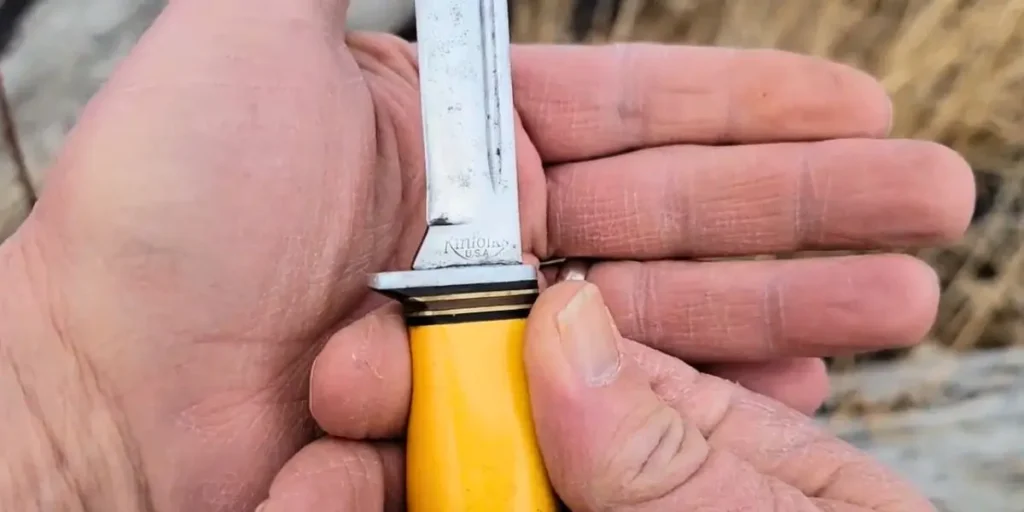
Tang Stamps and Manufacturer Markings
The tang stamp is often located on the flat part of the tang. It will usually display the manufacturer’s logo or name. Over the years, Kinfolks changed the design of its tang stamps, which can help date the knife.
To start, carefully examine the tang of the knife. You might need a magnifying glass or a flashlight to see the stamp clearly. Early Kinfolk knives often featured a simple “Kinfolk” stamp. As time went on, the stamps became more detailed, with additional markings like the place of manufacture or model numbers. You can estimate the knife’s age by comparing the tang stamp on your knife to known examples from specific years.
Some Kinfolk knives also feature specific numbers or symbols to help narrow down the production year. If unsure, a simple online search of the tang stamp can help you find resources or collectors identifying similar stamps.
Blade Shape and Construction
Another key feature to examine is the shape of the blade. Over the years, the design of Kinfolk’s knife blades changed slightly. Early models had blades with more traditional shapes, while later ones became more streamlined and specialized for particular tasks. For example, hunting knives typically had thicker, stronger blades, while pocket knives had thinner, more compact blades.
Pay attention to the blade’s curvature, thickness, and overall shape. These design features evolved, so understanding the changes can help you pinpoint when your Kinfolks knife was made. In some cases, the blade’s style is closely tied to certain time periods or popular trends in knife design.
Handle Materials and Design
The handle is another essential part of identifying a knife’s age. Kinfolks use various materials for their knife handles, each with a distinct look and feel. Some early knives had handles made of bone or wood, standard in the 1920s and 1930s. Over time, as synthetic materials became more popular, handles made from plastic, Bakelite, or other composites started appearing.
Look for cracks, color changes, or texture differences in the handle. A bone handle, for example, may have a natural pattern or some slight color variation. Wooden handles often have a grain pattern that’s unique to each knife. If your knife has a synthetic handle, it may have smoother edges and a more uniform color.
Related to: How to Identify and Date John Primble Knives Like a Pro
How to Date a Camillus Kabar Knife: Unlimited Tips
How to Date Hen And Rooster Knives: Expert Tips & Tricks
Cross-Referencing Kinfolks Knife Databases
Online Resources
When trying to date a Kinfolks knife, the internet is one of the best tools at your disposal. Many online resources can help you identify the age and details of your knife. Websites dedicated to vintage knives often feature photos and information about different brands and their production years. By browsing these sites, you can find examples of tang stamps, blade shapes, and handle materials that match your knife.
Look for trusted sites with large databases, which often have the most accurate and up-to-date information. These resources can give you a better idea of when your knife was made and what features are typical for each era.
Kinfolks Knife Catalogs
Another great way to date your Kinfolks knife is to look through old catalogs. Over the years, Kinfolks has produced many catalogs that list their knife models along with the years they were made. These catalogs can give detailed information about your model and help you identify markings or features unique to particular periods.
You can find these catalogs through online auction sites, knife collector groups, or vintage shops specializing in knives. Some collectors even share scans of old catalogs on forums, making finding precisely what you’re looking for easier.
Related to: How to Date Old Hickory Knives: A Collector’s Guide
Common Pitfalls in Dating Kinfolks Knives
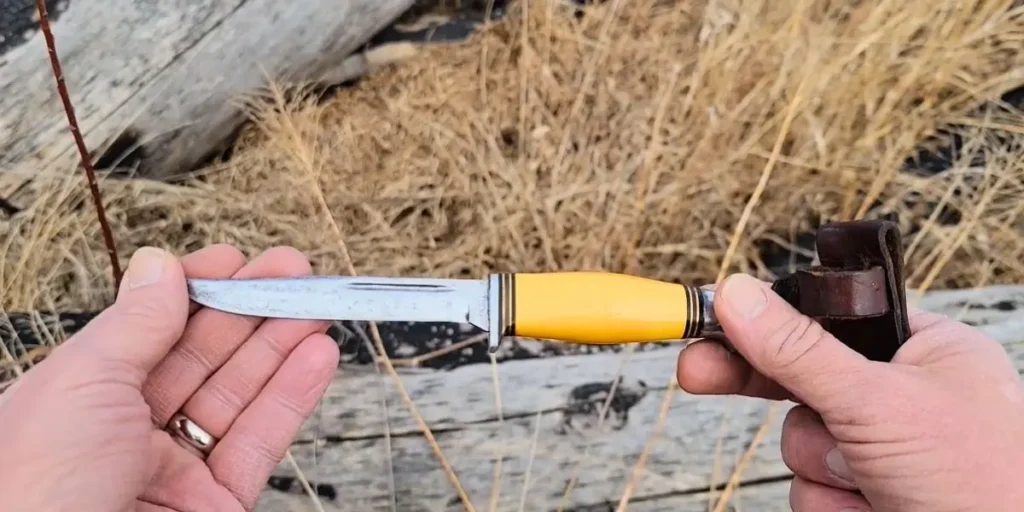
Counterfeits and Reproductions
One of the biggest challenges when dating a Kinfolk’s knife is distinguishing between authentic knives and counterfeits or reproductions. Over the years, several companies have made replica knives that look very similar to original Kinfolk models. These fake knives may feature the same tang stamp or similar handle materials. Still, they lack the craftsmanship and quality of genuine Kinfolks knives.
Always double-check the tang stamp and any other markings to avoid being misled. Look for subtle signs suggesting a knife is a reproduction, such as newer materials or irregularities in the design. If the knife feels too light or the edges are too sharp, it could be a sign of a counterfeit.
Misleading Markings
Another issue is misleading markings. Some knives may have stamps or logos that are hard to interpret, making it difficult to determine the exact year of production. For example, some Kinfolk knives have had multiple variations of the same tang stamp over the years. While this doesn’t necessarily mean the knife is a fake, it can confuse collectors trying to narrow down its age.
If you encounter this problem, research the specific marking or stamp. There are many online forums and groups where collectors share their knowledge and experiences. Comparing your knife with others in these communities can help clarify any confusion.
Related to: How to Date Imperial Knives: A Collector’s Guide
The Importance of Condition
The condition of a Kinfolk’s knife can also impact its dating. A knife in pristine condition might still have the original tang stamp and features, but over time, some markings can wear away. If the knife is ancient or heavily used, it might be harder to identify specific details.
Don’t be discouraged by a worn-out tang stamp or faded blade markings. With careful inspection and research, you can still date the knife based on other features, like the blade shape or handle material.
Professional Help and Authentication
When to Consult an Expert
Sometimes, dating a Kinfolks knife can be tricky despite your best efforts. In such cases, it’s a good idea to consult an expert. A professional appraiser or knife historian can provide a detailed analysis of your knife. They have years of experience and access to resources that can help identify your knife’s exact year and model. If your knife is valuable, they can also help determine its worth.
Experts can look beyond just the tang stamp and handle materials. They can identify other unique features that might be difficult for a beginner to spot. If you feel uncertain, getting a second opinion from someone specializing in vintage knives can give you peace of mind.
How to Find an Expert
Finding the right expert for your Kinfolks knife is easier than it sounds. Start by visiting online knife forums and collector groups. These communities often have knowledgeable members who can point you toward certified appraisers or historians. You can also contact established knife dealers specializing in vintage knives. Many dealers have connections with appraisers or offer authentication services.
Another option is to attend knife shows or conventions. These events gather knife collectors, appraisers, and enthusiasts from all over. It’s an excellent opportunity to meet an expert and ask for their advice. If you’re serious about dating a high-value Kinfolk knife, professional help could save you time and effort.
Related to: How to Date a Carl Schlieper Knife: Expert Tips and Tricks
Conclusion
Dating a Kinfolk’s knife can be an exciting and rewarding journey. By looking at the tang stamp, blade shape, and handle materials, you can start to piece together when your knife is made. Online resources, old catalogs, and knife databases are also great tools for identifying your knife’s age and features.
Remember to be cautious of counterfeits and misleading markings. If you’re unsure, don’t hesitate to consult an expert. An appraiser or historian can offer valuable insights and confirm the knife’s authenticity.
Understanding the history of your Kinfolks knife not only adds to its value but also deepens your appreciation for its craftsmanship. So, take your time, research carefully, and enjoy learning about your knife’s past. Whether you’re a collector or just curious, dating your Kinfolk knife can be a fascinating experience.
Frequently Asked Questions (FAQs) – How to Date a Kinfolk Knife
Start by examining the tang stamp, handle material, and blade shape. Combined with online resources or old catalogs, these features can help identify its production year.
The tang stamp often includes the brand name or logo. Comparing the stamp's style and design with known examples can help pinpoint the production year.
A common mistake is mistaking reproduction knives for originals. Also, avoid assuming markings are always transparent, as they can be worn or misinterpreted over time.
Examine the tang stamp, blade shape, and handle material. These key features evolved and can explain the knife's age and model.
Yes, wear and tear can obscure tang stamps or markings. However, the blade shape and handle material can still help date the knife accurately.
Check for signs of low craftsmanship or unusual materials. Compare your knife's features with authentic examples and research the specific tang stamp for consistency.
If you're unsure or dealing with a valuable knife, consulting an expert like an appraiser or historian can provide precise dating and confirm its authenticity.
Related Posts
-
 23 Feb 2025 KnifeWhat Is a Slicing Knife Used For? Discover How It Makes Cooking Easy!
23 Feb 2025 KnifeWhat Is a Slicing Knife Used For? Discover How It Makes Cooking Easy! -
 16 Feb 2025 KnifeWhat knives does Gordon Ramsay use? Check out his premium knives
16 Feb 2025 KnifeWhat knives does Gordon Ramsay use? Check out his premium knives -
 15 Feb 2025 KnifeWhat Knife Do Navy Seals Use? SEAL's Standard Issue 2025
15 Feb 2025 KnifeWhat Knife Do Navy Seals Use? SEAL's Standard Issue 2025 -
 08 Feb 2025 KnifeWhat Knife Does John Wick Use? Learn About His Deadly Blade
08 Feb 2025 KnifeWhat Knife Does John Wick Use? Learn About His Deadly Blade -
 30 Jan 2025 KnifeWhat is a Nakiri Knives Used For? Benefits & Features Explained
30 Jan 2025 KnifeWhat is a Nakiri Knives Used For? Benefits & Features Explained -
 12 Jan 2025 KnifeFish Knife vs Butter Knife: Key Differences and Uses Explained
12 Jan 2025 KnifeFish Knife vs Butter Knife: Key Differences and Uses Explained -
 11 Jan 2025 KnifeHow to Sharpen Global Knife: A Quick Guide 2025
11 Jan 2025 KnifeHow to Sharpen Global Knife: A Quick Guide 2025 -
 10 Jan 2025 KnifeDecoding the Iconic Why So Serious Joker Knife
10 Jan 2025 KnifeDecoding the Iconic Why So Serious Joker Knife -
 09 Jan 2025 KnifeThe Right Way to Use a Steak Knife: Tips and Tricks
09 Jan 2025 KnifeThe Right Way to Use a Steak Knife: Tips and Tricks -
 08 Jan 2025 KnifeHow to Sharpen a Morakniv Knife Safely and Effectively
08 Jan 2025 KnifeHow to Sharpen a Morakniv Knife Safely and Effectively

